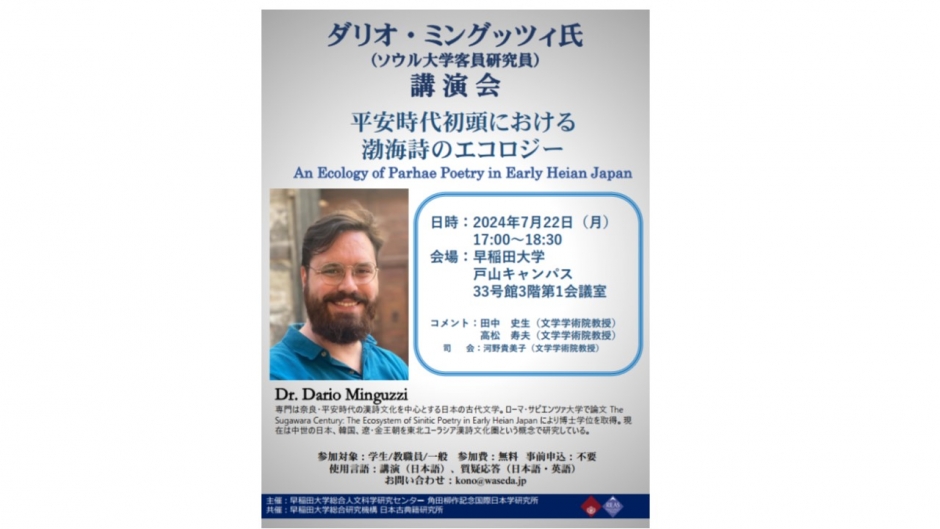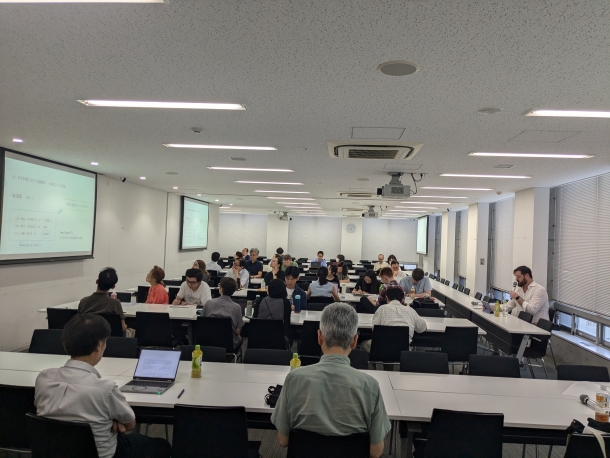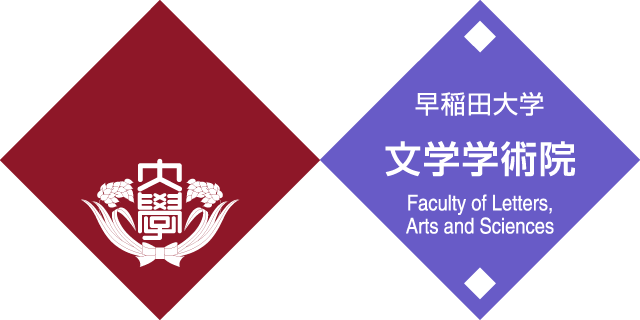- News
- Event Report:An Ecology of Parhae Poetry in Early Heian Japan
Event Report:An Ecology of Parhae Poetry in Early Heian Japan

Dates
Add to calendar0722
MON 2024- Place
- 早稲田大学戸山キャンパス33号館第1会議室
- Time
- 17:00-18:30
- Posted
- 2024年8月7日(水)
In this lecture, a discussion was given on the framework of Balhae poems in Bunka Shurei Shu and Keikoku Shu, and what meaning and role they had and how they functioned in the Sinitic poetry culture of the early 19th century, together with specific examples. In summary, this lecture concluded that the relationship with the Balhae envoys in the early Heian period was a means of establishing cultural and social status, and that the Balhae poems included in Japanese Sinitic poetry collections functioned as a means of mediating the connection between the people from the Monjo-do and the emperor’s family, and that the Balhae poems were the foundation for the formation and development of the early Heian period Monjo-do (Kiden-do) and were its achievements. Through the comments by the commentators and questions and answers from the audience, various suggestions emerged to examine the relationship with the countries and regions other than Balhae, as well as the periods before and after the Balhae period, based on the content of this lecture.
(Written by Kimiko Kono)

Event Overview
- Date and Time:July 22, 2024, 17:00-18:30(JST)
- Format:Face to face
- Venue:Conference Rm. 1, Bldg. 33, 3rd Fl., Toyama Campus
- Lecturer:Dario Minguzzi(Visiting Research Fellow at Seoul National University)
- Subject Title:An Ecology of Parhae Poetry in Early Heian Japan
- Commentators:Hisao Takamatsu(Professor at Waseda University), Fumio Tanaka(Professor at Waseda University)
- Moderater:Kimiko Kono(Professor at Waseda University)
- Number of Participants:34
- Sponsored by:Ryusaku Tsunoda Center of Japanese Culture
- Tags
- Event Reports
